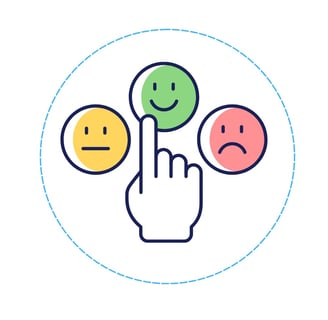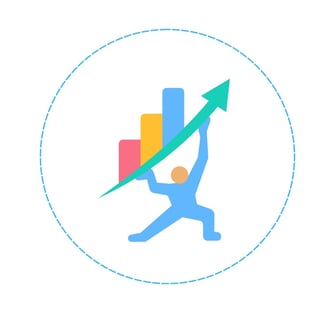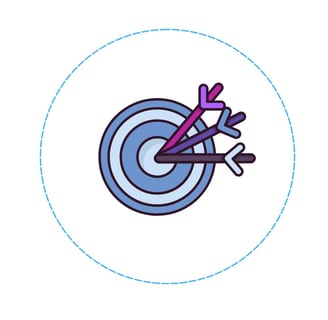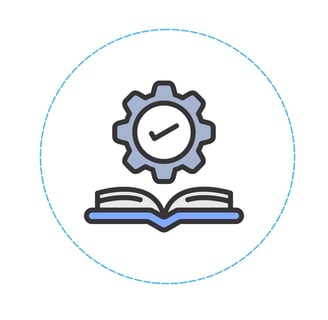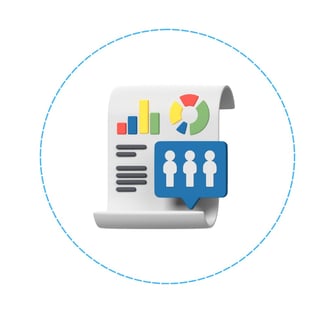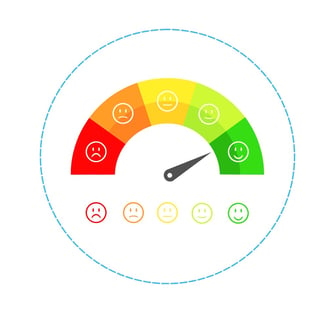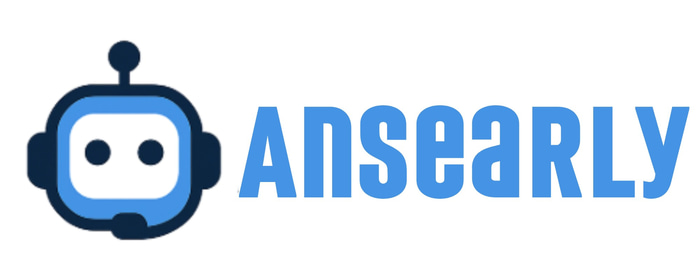AI Call Agents or Human Agents: Which One Delivers Better Customer Experience?
In today's rapidly transforming customer service landscape, businesses face a critical strategic decision: whether to deploy AI voice agents, retain human support teams, or implement a hybrid approach. As conversational AI technology advances at an unprecedented pace, companies now have access to sophisticated tools that promise both operational efficiency and consistent service quality. Yet beneath this technological evolution lies a fundamental question that every organization must answer: What is the optimal balance between automated voice systems and human connection in your customer support strategy? This exploration examines ten critical differences between AI call agents and their human counterparts, providing you with the insights needed to make informed decisions that align with your brand values, customer expectations, and business objectives.
Roosewalt Pereira
5/19/20255 min read


Voice AI Agents: A Definition
Voice AI agents are specialized artificial intelligence systems designed to process, understand, and respond to human speech while performing tasks and making decisions on behalf of users. These conversational agents interact through spoken language rather than text or visual interfaces, creating a more natural and accessible form of human-computer interaction.
Unlike traditional voice recognition software that simply transcribes speech to text, voice AI agents comprehend the meaning behind spoken words, maintaining context throughout conversations and executing complex tasks based on verbal instructions.
Key Characteristics
Voice-First Interaction: These agents primarily accept spoken language as input and respond through synthesized speech, enabling hands-free operation.
Natural Language Understanding: They interpret human speech patterns, including colloquialisms, accents, and contextual nuances, to accurately determine user intent.
Contextual Awareness: Voice AI agents maintain conversation history and context, allowing for more coherent multi-turn dialogues rather than treating each interaction as isolated.
Task Execution: Based on verbal commands, they can perform actions across connected systems, from setting reminders to controlling smart home devices or placing orders.
Voice Identity: Many advanced voice agents feature distinct synthetic voices with personality traits designed to create more engaging and human-like interactions.
Common Applications
Voice AI agents have found extensive applications across numerous domains, including:
Smart speakers and virtual assistants for home environments
In-vehicle voice control systems for automotive applications
Voice-enabled customer service platforms
Accessibility tools for individuals with visual impairments or mobility limitations
Healthcare companions for patient monitoring and medication reminders
Voice-controlled productivity tools in professional environments
As speech recognition technology and natural language understanding continue to improve, voice AI agents are becoming increasingly sophisticated, offering more seamless, intuitive ways for humans to interact with technology through our most natural form of communication—speech.
AI Call Agents or Human Agents
In today's rapidly transforming customer service landscape, businesses face a critical strategic decision: whether to deploy AI voice agents, retain human support teams, or implement a hybrid approach. As conversational AI technology advances at an unprecedented pace, companies now have access to sophisticated tools that promise both operational efficiency and consistent service quality.
Let us explore and examine critical differences between AI call agents and their human counterparts, providing you with the insights needed to make informed decisions that align with your brand values, customer expectations, and business objectives.
Yet beneath this technological evolution lies a fundamental question that every organization must answer: What is the optimal balance between automated voice systems and human connection in your customer support strategy?
Emotional Intelligence and Empathy When customers reach out in frustration or distress, the ability to recognize and respond to emotional cues can make all the difference in resolving issues satisfactorily.
Handling Complex and Nuanced Situations While some interactions follow predictable patterns, others require creative problem-solving and the ability to navigate ambiguity.
Availability and Scalability Customer support demands fluctuate throughout the day and across seasons, requiring solutions that can adapt to changing volumes without compromising quality.
Consistency and Reliability The variance in human performance compared to the algorithmic consistency of AI systems presents both advantages and challenges.
Cost Considerations Beyond the obvious staffing expenses, like salary onboarding etc both options carry different implementation, maintenance, and long-term operational costs but AI Agent has less of all that.
Speed and Efficiency AI Voice Agents provide instant responses as soon as a customer initiates a conversation while Human Agents may have longer wait times.
Learning and Adaptation AI Agents can undersand any product changes instantly, without needing to spent to much time on training or hiring more qualified humans to deliver.
Data Collection and Analytics AI Agents can instantly update CRM and also analyze call performance. Support interactions generate valuable insights that can drive broader business improvements.
Customer Preferences and Expectations AI Agents shine when customers want to help themselves and get quick answers. On the other hand, human agents are invaluable when customers need a personal touch often making them feel more heard and appreciated.
Availability: AI Never Sleeps AI call agents operate 24/7, 365 days a year. Unlike human agents who require breaks, holidays, and shift schedules, AI bots are always on. This makes them ideal for global businesses or those receiving inquiries around the clock.
Finding the Optimal Balance Between AI and Human Support
Understanding the fundamental differences between AI voice agents and human representatives empowers businesses to create strategic support frameworks that capitalize on the unique strengths of each approach. Rather than viewing this as a binary choice, forward-thinking organizations are discovering that a thoughtfully integrated system delivers superior results across multiple dimensions.
Creating a Complementary Support Ecosystem
By analyzing your specific customer journey touchpoints, you can deploy AI voice agents and human representatives where each excels:
AI voice agents can manage high-volume, repetitive inquiries that follow predictable patterns—appointment scheduling, account balance checks, order status updates, and basic troubleshooting. This frees your human agents from routine tasks while providing customers with immediate, 24/7 service for straightforward needs.
Human representatives can focus their expertise on complex scenarios requiring emotional intelligence, creative problem-solving, and relationship building. When customers face unusual circumstances, have multiple interrelated issues, or express significant frustration, the human touch becomes invaluable.
Implementing Intelligent Handoffs
The most sophisticated support systems feature seamless transitions between AI and human assistance. This requires:
Clear identification of scenarios warranting human escalation
Smooth transfer of conversation context and customer history
Consistent tone and messaging across both channels
Technology that allows agents to review AI interaction histories
When these elements work in harmony, customers experience a cohesive journey rather than disconnected interactions.
Data-Driven Optimization
The continuous improvement of your support strategy demands rigorous measurement and analysis:
Track customer satisfaction across AI and human touchpoints
Analyze resolution rates and handle times for different issue types
Monitor escalation patterns to identify AI improvement opportunities
Capture feedback on both automation and human interactions
This ongoing assessment allows you to refine when and how each support resource is deployed, gradually optimizing the balance for your specific business context.
Aligning with Business Objectives
Your unique combination of AI and human support should reflect your broader organizational goals:
Cost-sensitive operations may lean more heavily on automation while maintaining human escalation paths
Premium brands might emphasize human touchpoints while using AI to enhance response times
Growth-focused companies could deploy AI for scale while preserving human connections for high-value customers
By understanding these distinctions and thoughtfully implementing a hybrid approach, you create a support ecosystem that delivers both operational efficiency and meaningful customer experiences—a powerful competitive advantage in today's service landscape.

